Owners of large gardens often complain about the difficulties of evenly watering all their plants. Manually watering all you plants and the lawn can take a lot of time and energy. So the question is: how to plan a garden irrigation system? Read on to find out everything you need to know about a garden watering system.
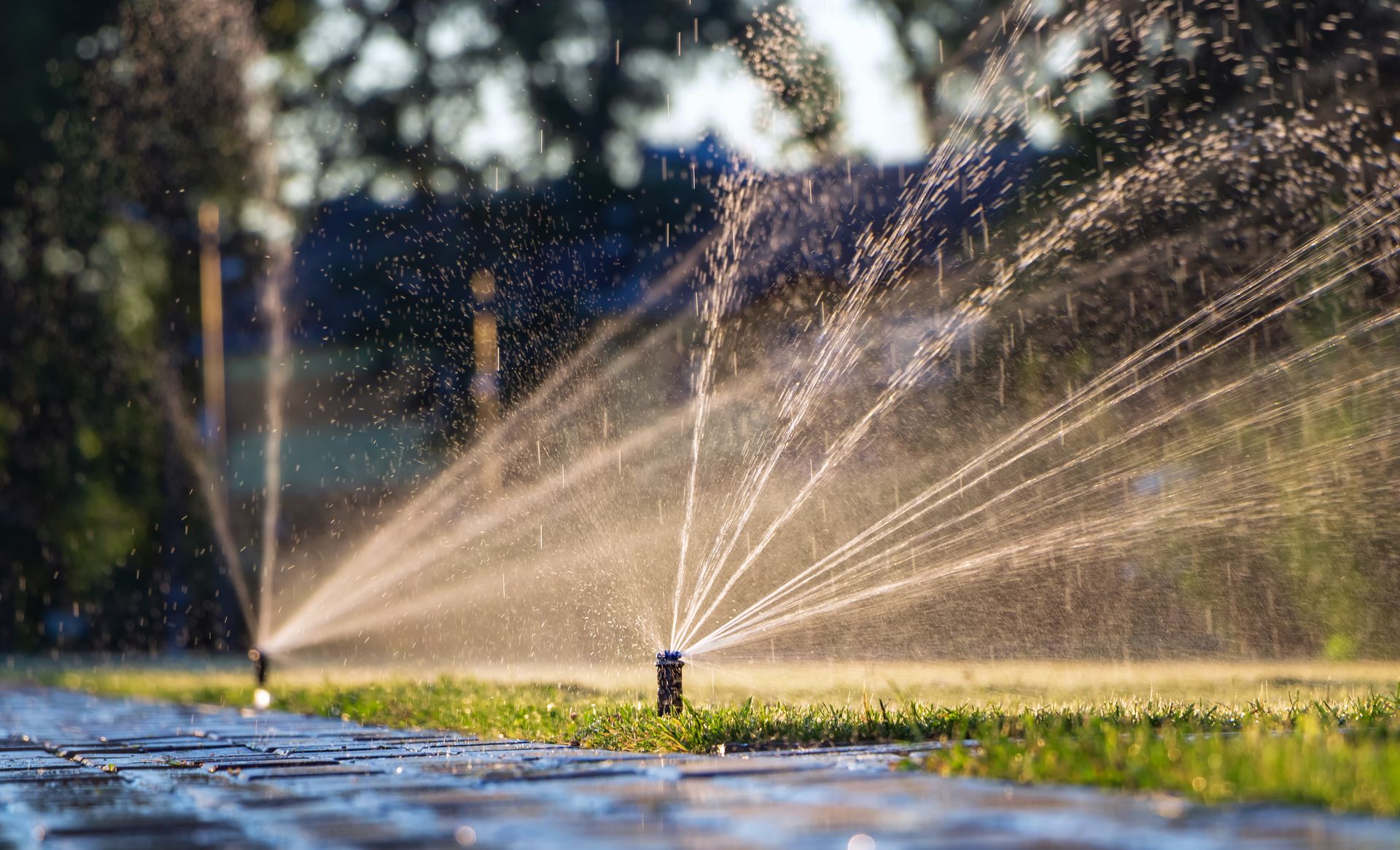
Owners of large gardens often complain about the difficulties of evenly watering all their plants. Manually watering all you plants and the lawn can take a lot of time and energy. So the question is: how to plan a garden irrigation system? Read on to find out everything you need to know about a garden watering system.
What should you pay attention to when planning a garden irrigation system?
Setting up an efficient and effective garden irrigation system requires careful preparation. You will also need the right materials, tools, and a well-prepared sprinkler and hose layout plan. Choosing the above items depends on the size of your garden, type of plants and water source.
Irrigation system – plan and sprinkler zones
The first step is to decide on the layout of the entire irrigation system. This will allow you to determine the number of sprinklers needed, the route of the installation and decide which garden hose or drip line to choose. What do you need to prepare such a plan?
You will definitely need a plan of your garden, taking into account the area you want to water. You will also need information about the range of the sprinklers. They usually water an area in the shape of a circle or its segment, so a compass will be helpful when determining their location on the plan. Try to place them in such a way that their ranges slightly overlap. Don’t worry if you leave small empty spaces, the water will reach them too.
Once you have chosen the location of the last sprinkler, you can start to design their connection to the water source. The most effective way is to set up the main route leading to the farthest sprinkler, and then additional branches to the remaining sprinklers.
For large gardens divide the installation plan into segments of up to 5 sprinklers. This will make it possible to water selected areas at different times, and will also relieve the pump and the water supply.
In addition to the sprinklers, you can also plan the layout of connection points. This will allow you to conveniently connect other garden irrigation equipment, e.g. a garden hose, drip line or portable sprinklers. They are designed so as not to be clearly visible, and also allow you to mow the lawn as usual.
Water supply for your garden irrigation system
Watering lawns and plants, especially in large gardens, can lead to relatively high water costs. Both a hot and dry summer or a few rainy days can significantly influence your water bill. Each watering of your garden will require approx. 20 litres of water per square metre. For this reason many people consider drilling a well to supply water to the system.
Necessary materials for your garden irrigation system
Now that you have designed the system and have decided on the water source, it’s time to gathering all the necessary materials. First of all you need to choose the pipes distributing the water throughout the system. Their length should be determined at the planning stage, but just to be sure it would be good to have a few spare pipes lying around. The next element are the sprinklers. These can be either pop-up or traditional portable units. The advantage of pop-up sprinklers is that you don’t have to manually move them around the garden. When not in use, they are totally invisible. You will also need to use gravel as a drainage layer under the sprinklers. Couplings, tee connectors and valves matching the diameter of the pipes will also be needed.
Drip lines are usually chosen if you have flower beds or plants that require drip watering. There are various lengths of pipes available on the market, and they usually come with ground studs and necessary fittings.
Necessary tools for setting up an irrigation system
Garden irrigation systems consist largely of plastic pipes joined with connectors, so you will not need any complicated tools. You will definitely need a spade to dig the grooves and holes for the hoses and sprinklers. Stakes and a string to indicate the route of the pipes will also come in very useful.
Sometimes the pipes will also be too long. In such cases plastic cutters will come in handy. A small saw will also do, although it will leave rough ends that will need to be smoothened. Part of the installation requires additional tightening of the nuts, so an adjustable spanner will come in handy. You can use a screwdriver or spanner to adjust the sprinklers.
What pump will you need for a garden irrigation system?
The task of the pump is to ensure that the garden irrigation system has adequate pressure and water flow. This mainly applies to large and complex installations. In the case of small systems, you simply need to connect them to the water supply. Experts recommend that the sprinkler nozzle is pressurised to a minimum of 2 bar. Also bear in mind that there is always less pressure in the more distant sprinklers. In order for the system to work effectively, the pump should reach a capacity of 8-10 ml/min for each sprinkler at a pressure of 3.5-4 bar.
Garden pumps are also necessary if you have a garden well. The type of device depends on the depth of the permanent water level. If it is above 2 feet, then a surface pump (self-priming) will suffice. Below this depth, a submersible pump will be needed. A submersible pump, in turn, is designed for wells with a water surface at a depth of more than 65 feet.
Automatic garden irrigation
Automating the garden irrigation system is certainly a very convenient solution. You don’t have to remember to manually turn on the water or turn on the pump to start the sprinklers. To create an automatic garden watering system, you will need an electronic valve to allow/cut off access to water, as well as a timer. This is necessary to set the time when the watering should start and finish.
This system will activate regardless of the weather conditions. This means that it will water the garden even when it rains., so some human control is still necessary. However, a solution to this issue is to use special soil moisture and rain sensors. The first type of sensors turn off the sprinklers when the ground is damp. The rain sensor, on the other hand, prevents the system from starting when it is raining.
The control unit for the garden irrigation system is usually placed outside near the water valve connected to the system, so it could be by your house or garden gazebo. If you want to find out more about the construction of a garden gazebo, read our article on how to build one yourself.

INTELLIGENT GARDENING EQUIPMENT SUPPORTS EFFICIENT AND COMFORTABLE WORKING
How to plan a garden irrigation system – summary
A well-planned garden irrigation system will certainly make the life of any gardener or garden owner easier. It will save you time and energy that you would otherwise spend watering the garden. To take full advantage of an irrigation system, stick to the tips mentioned in our guide.
Check out our other articles for more garden-related guides. On our website you will also find a guide on how to properly trim garden hedges.
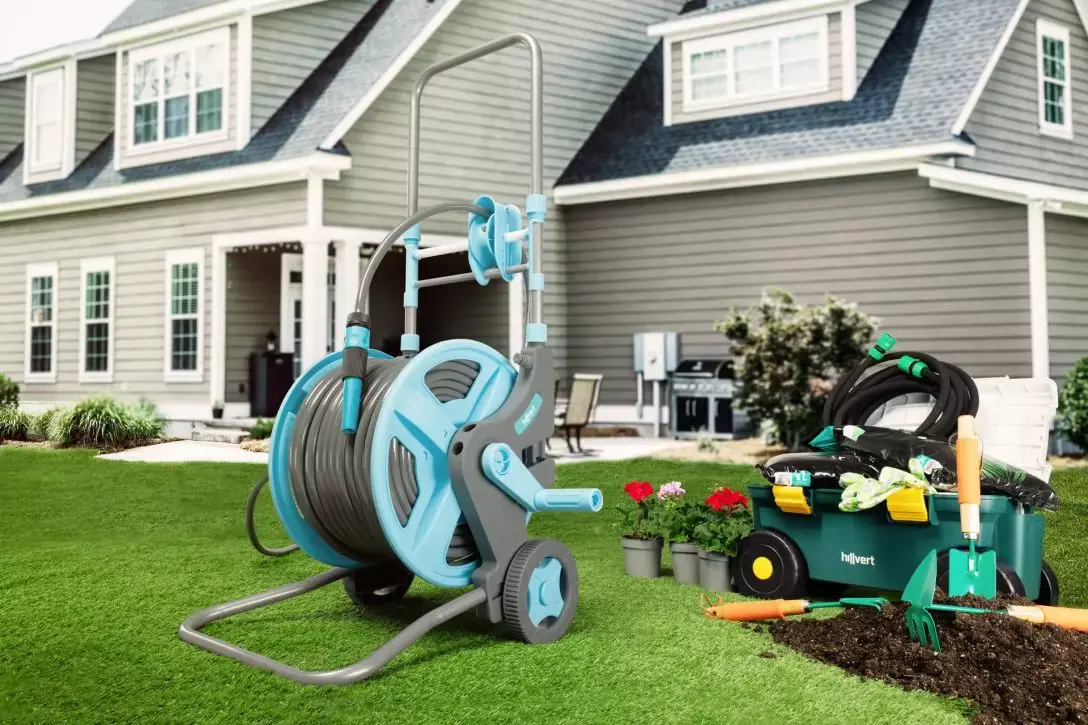
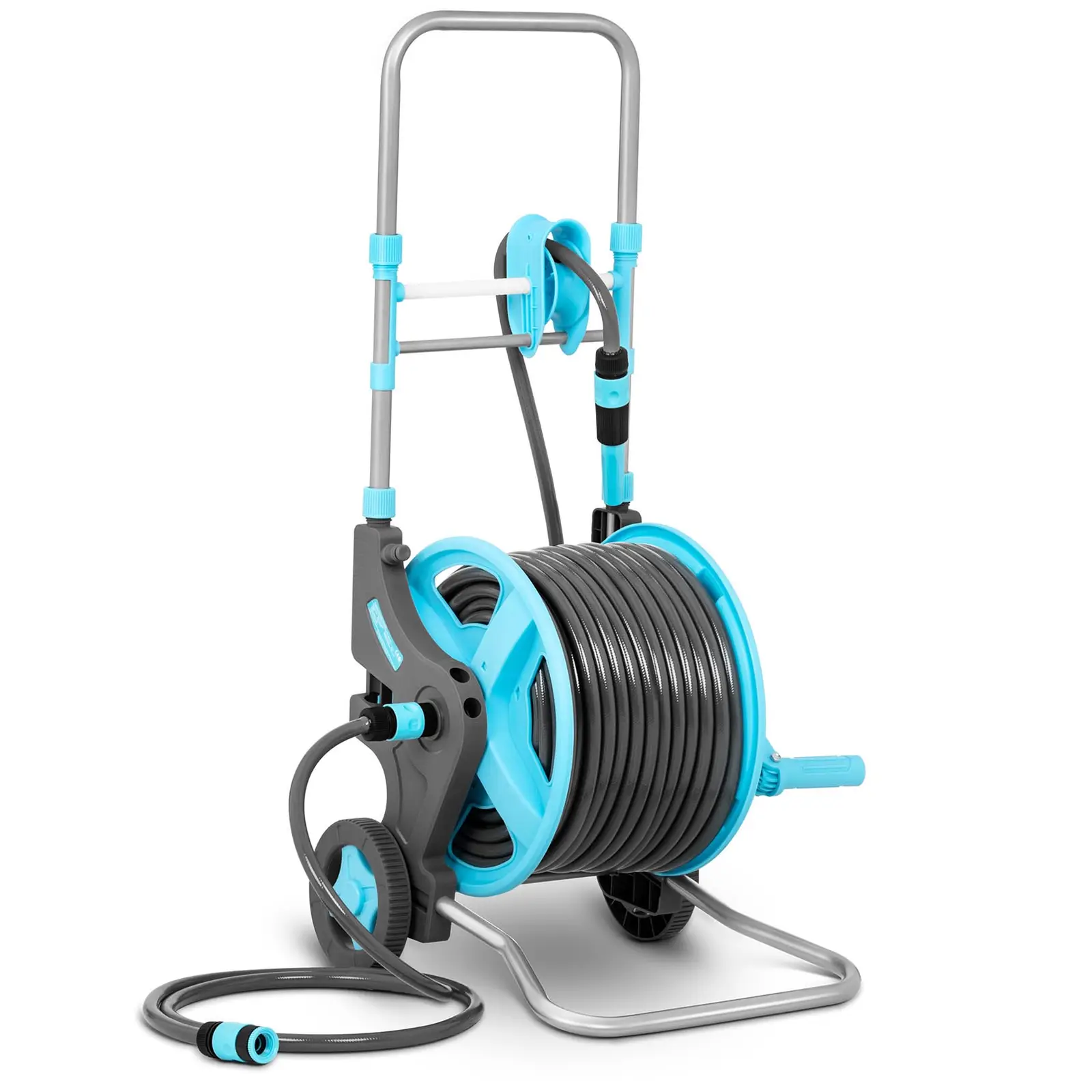
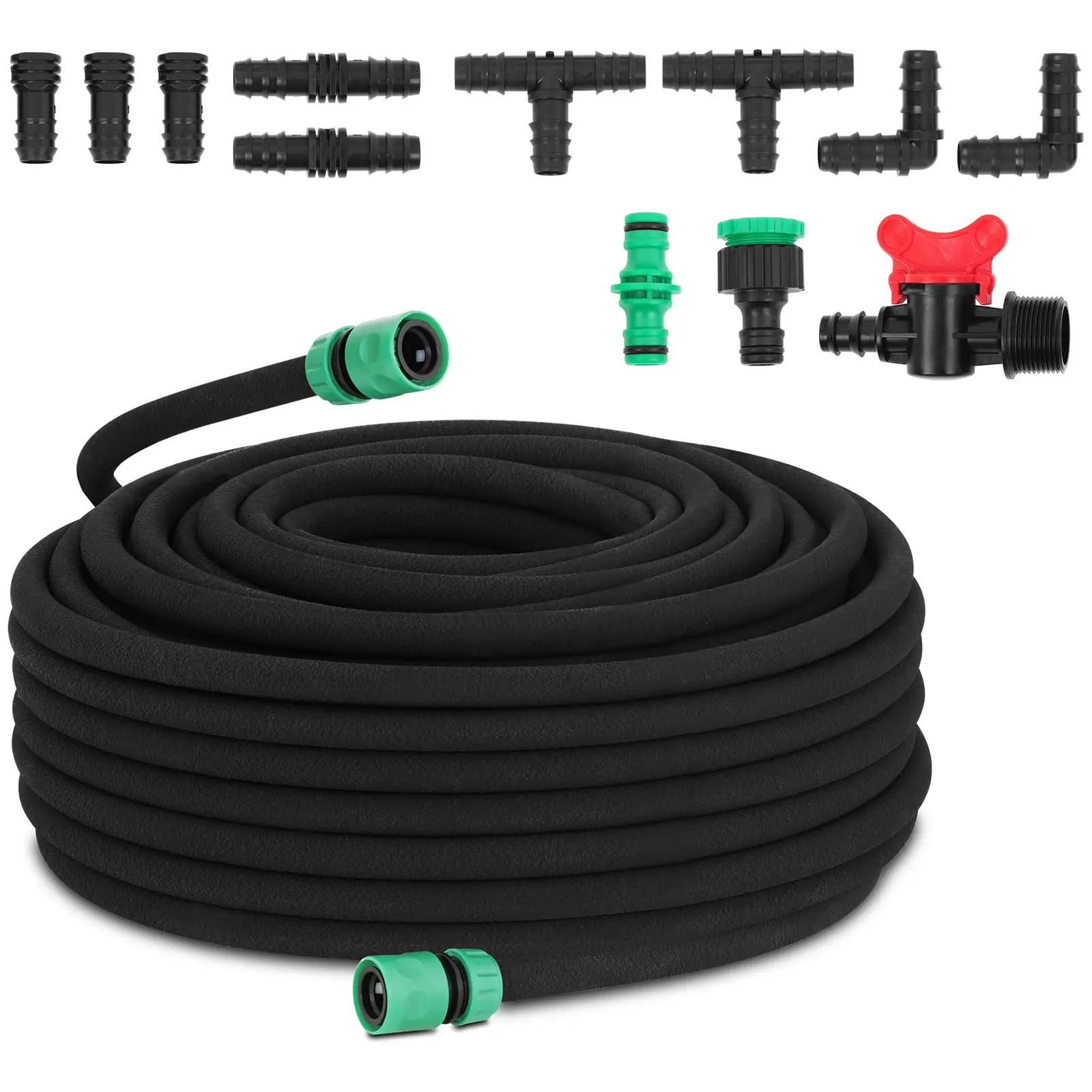
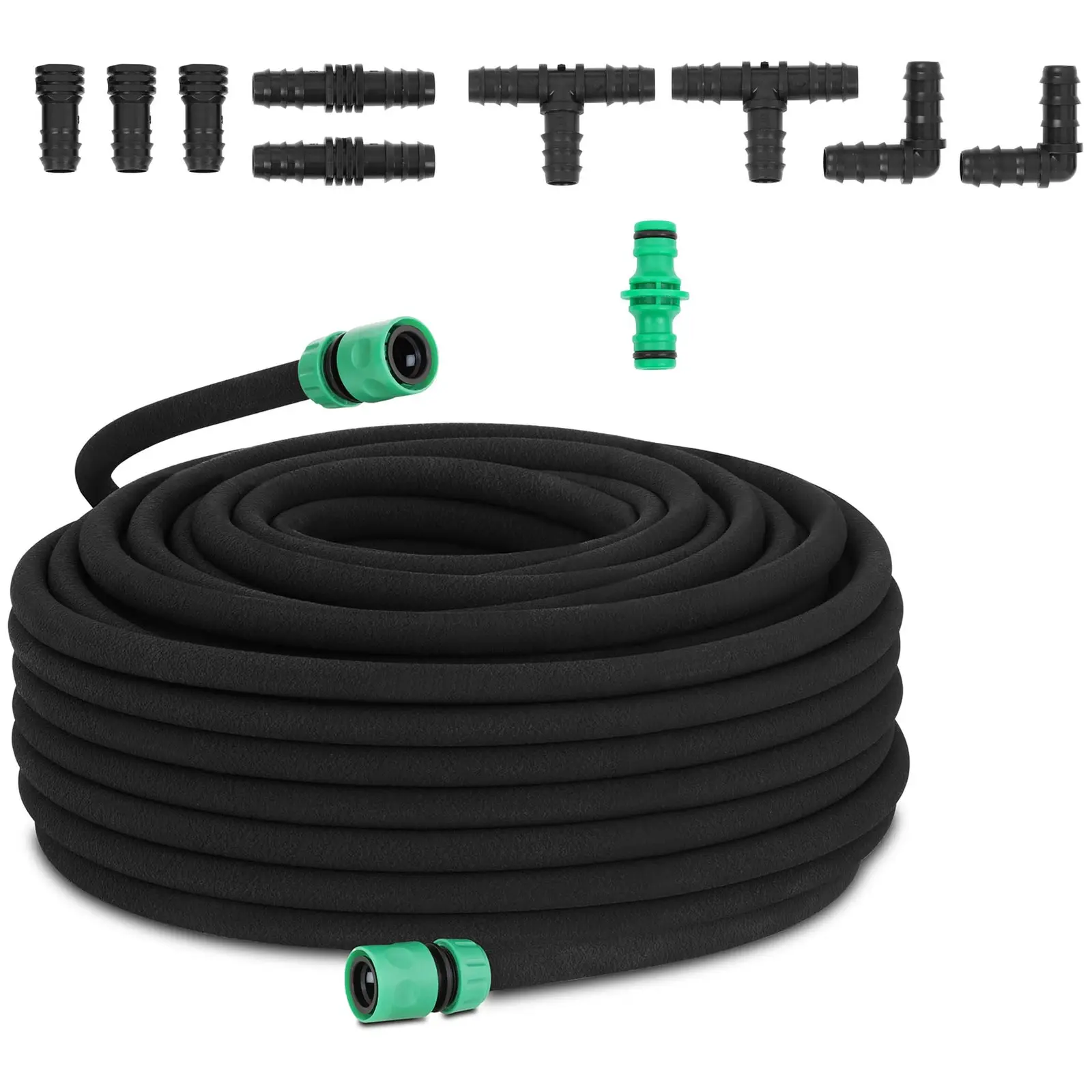
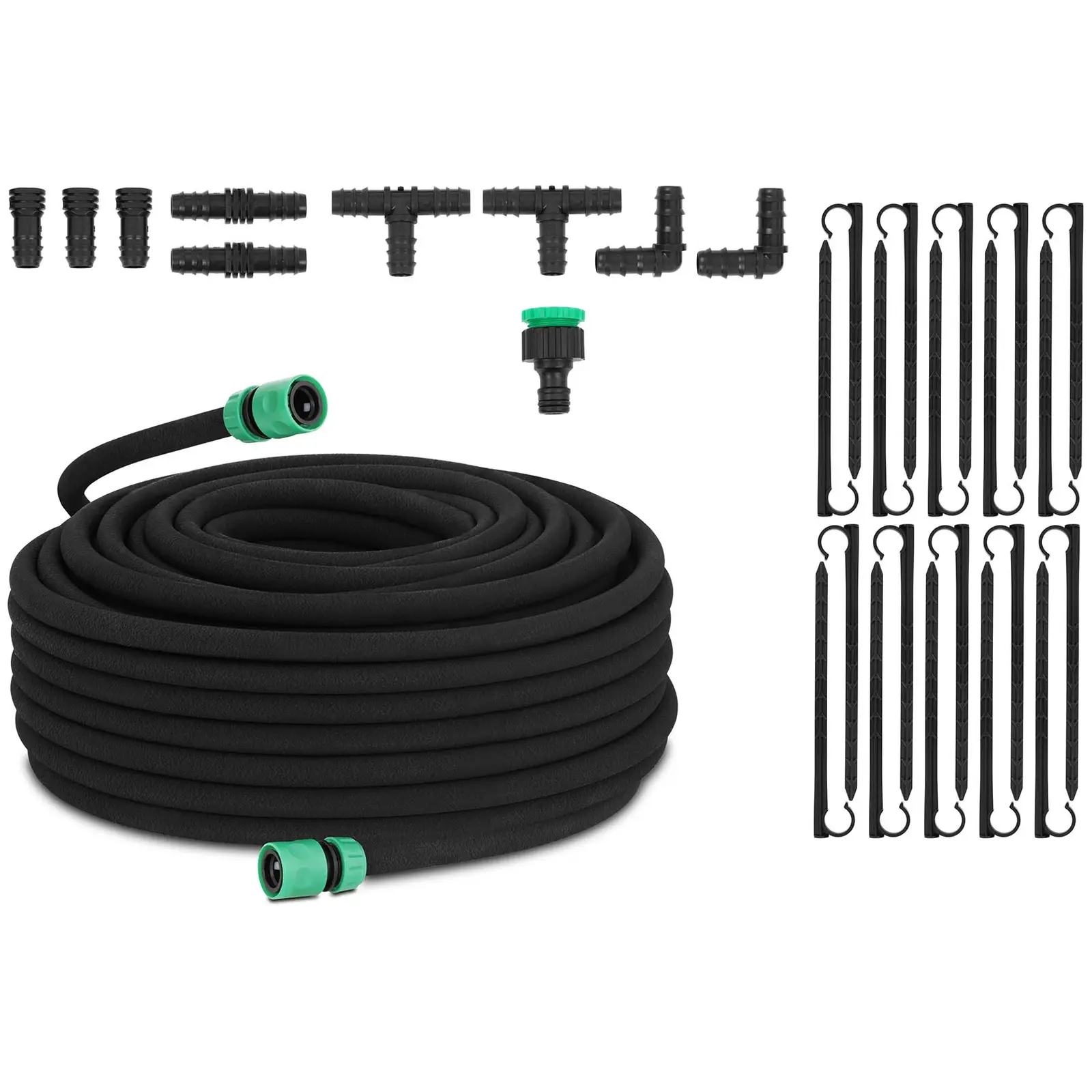
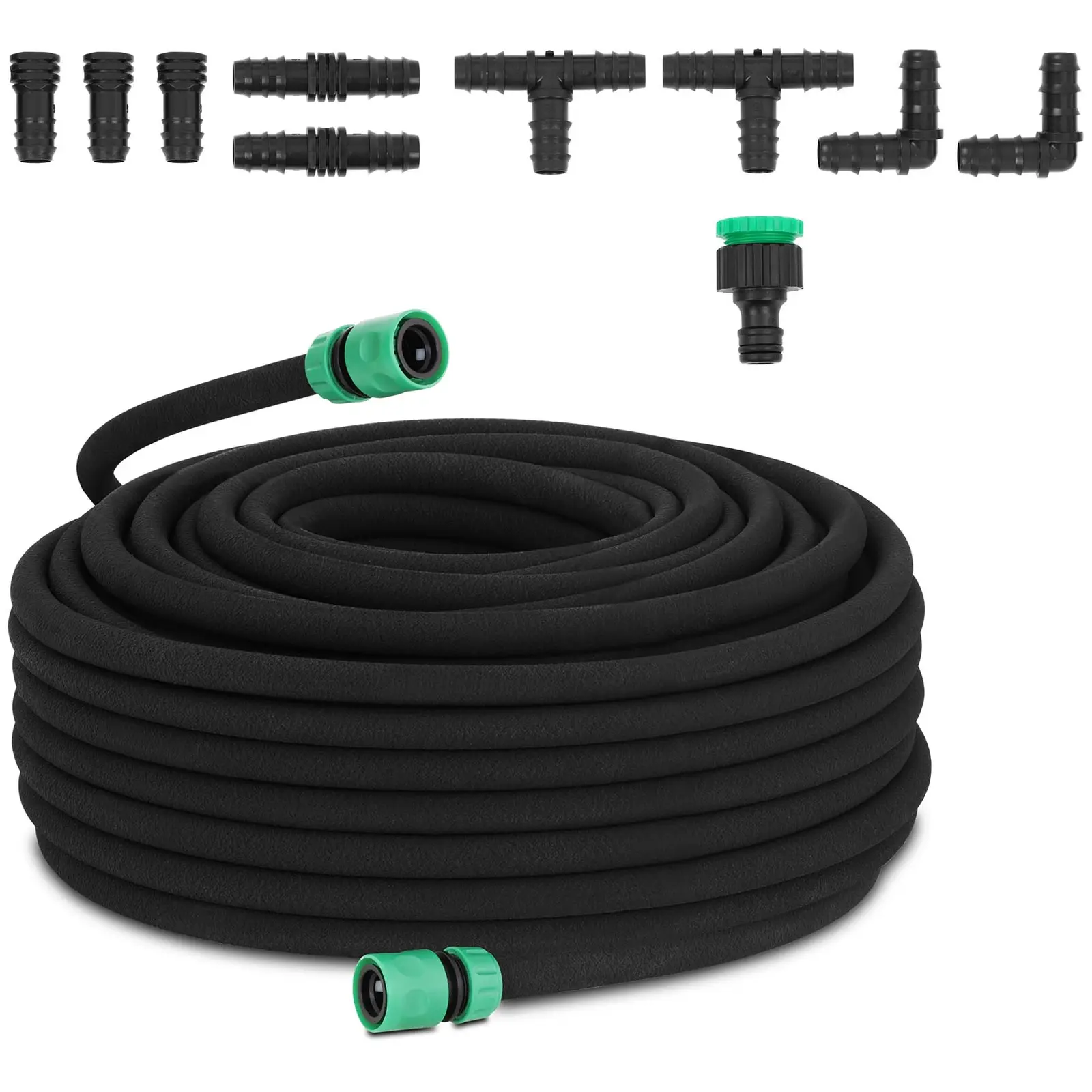
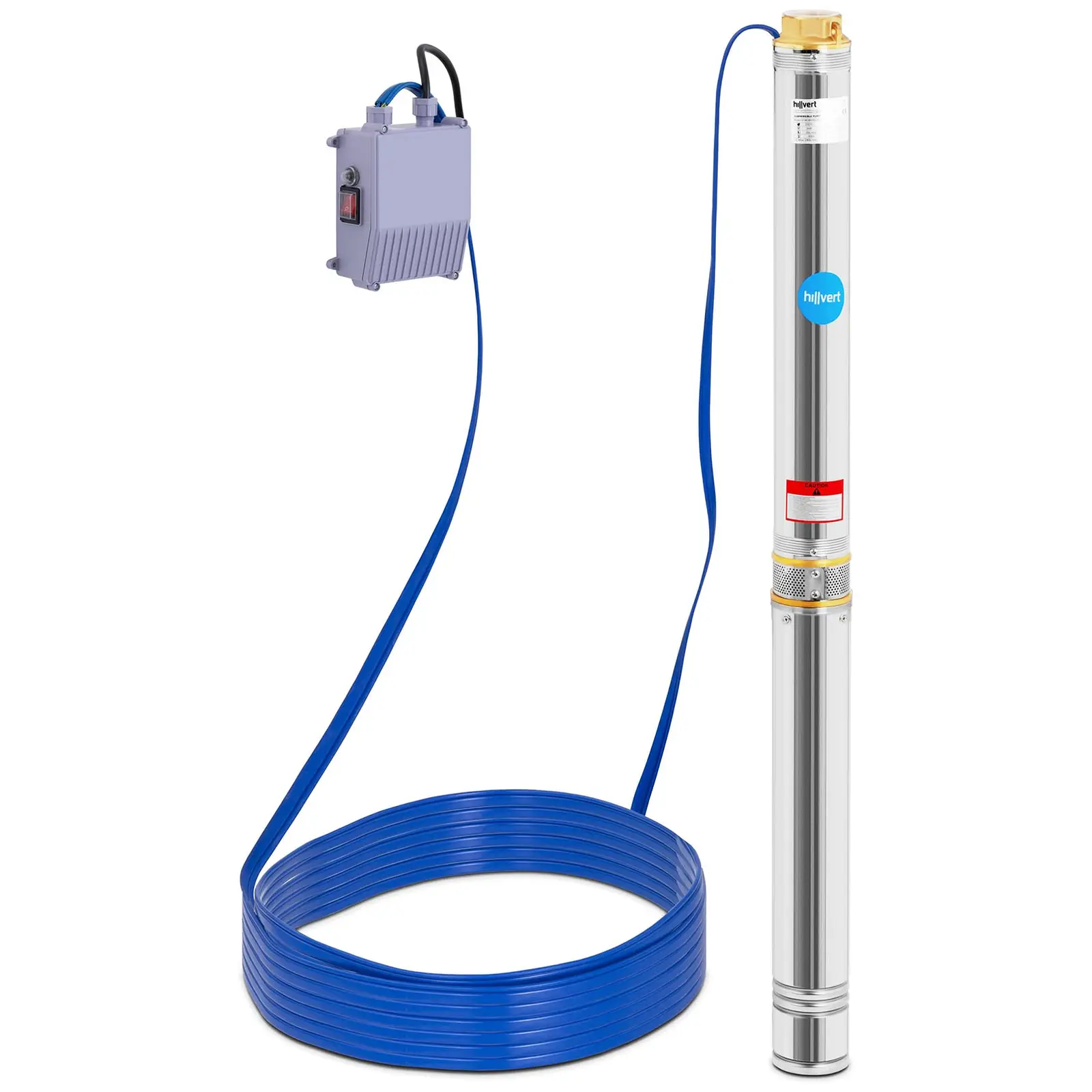
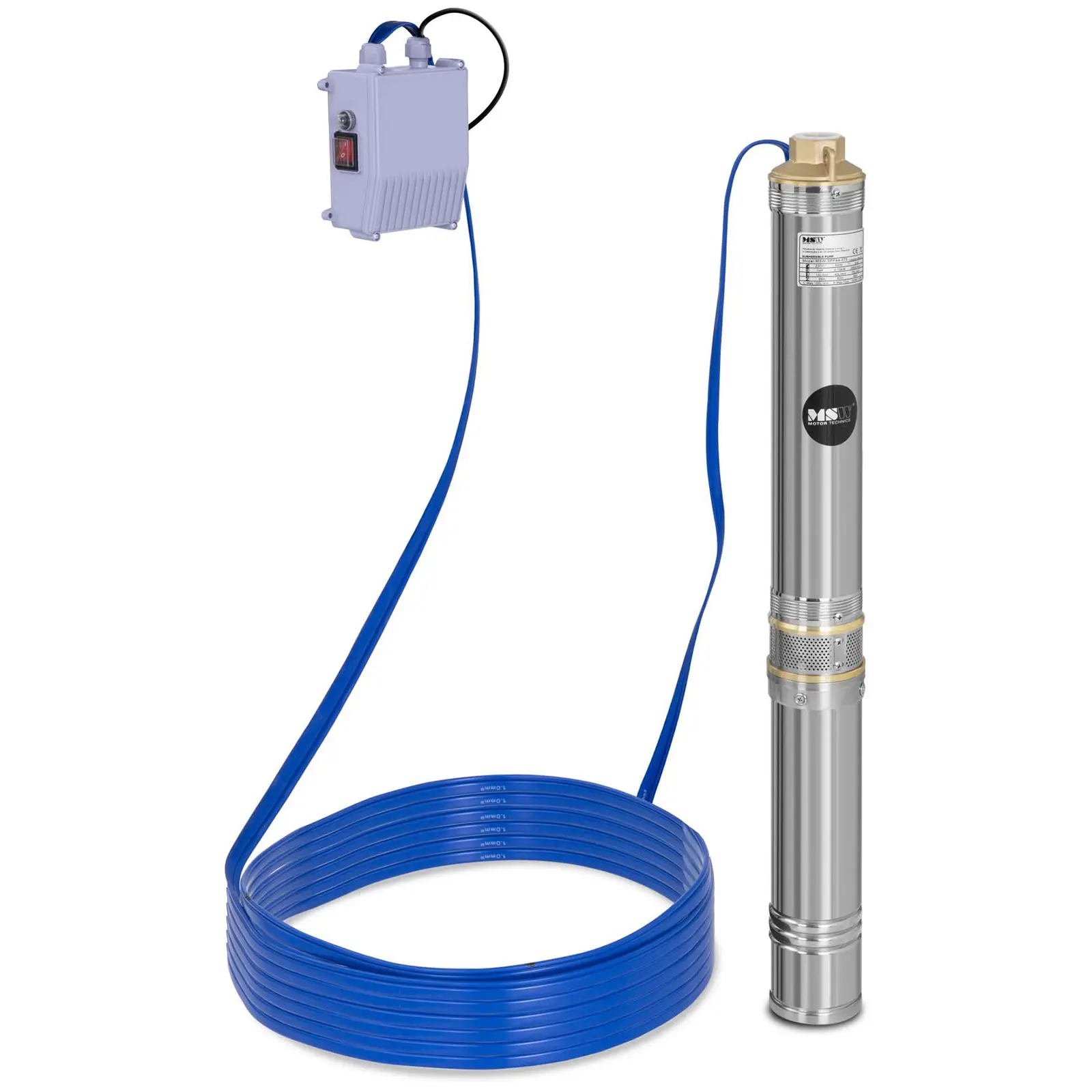
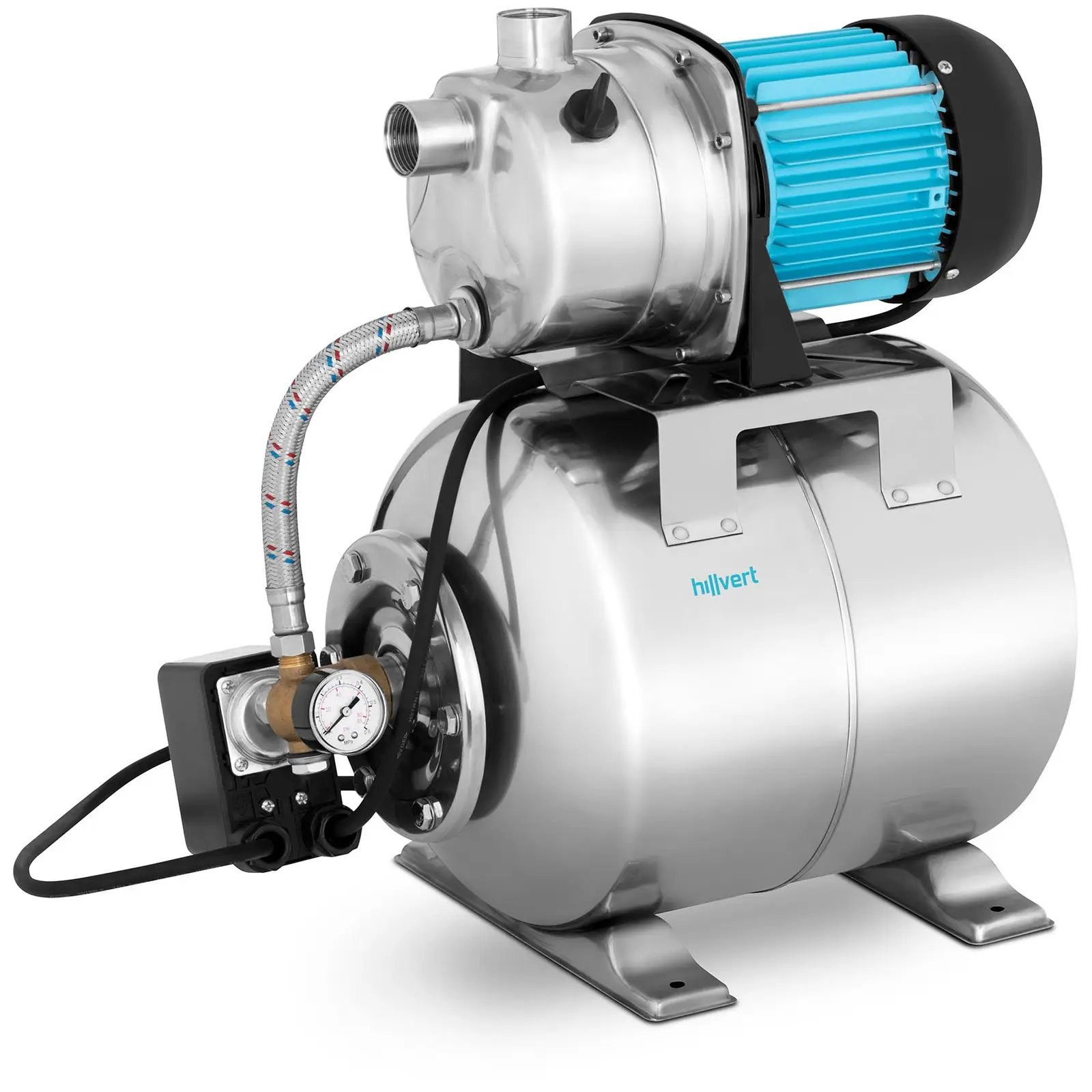
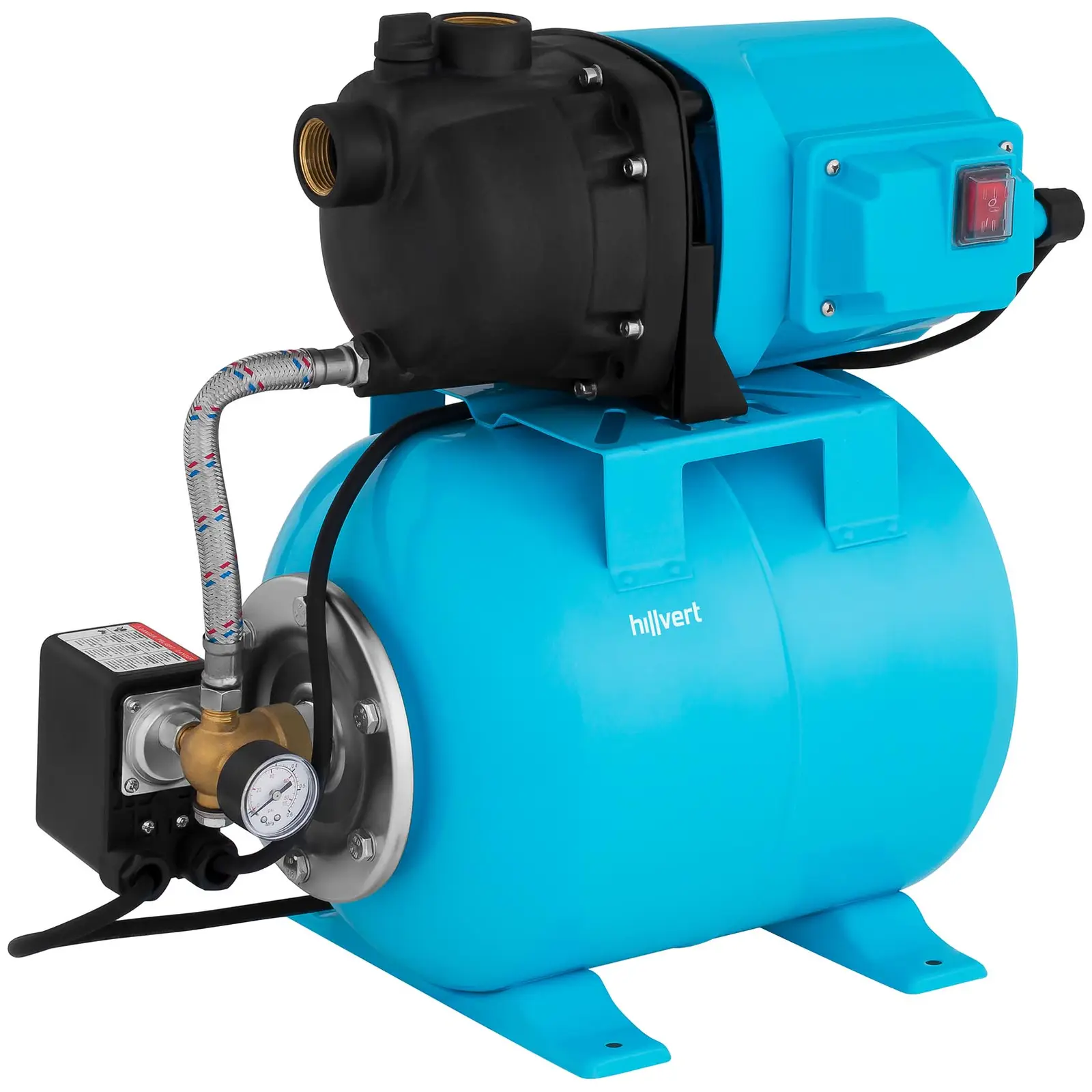



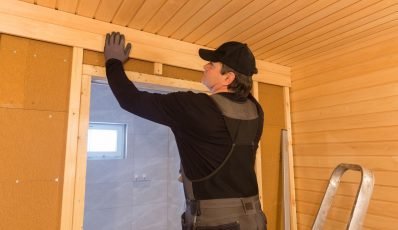


Share